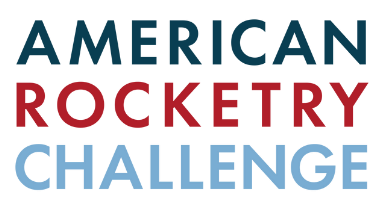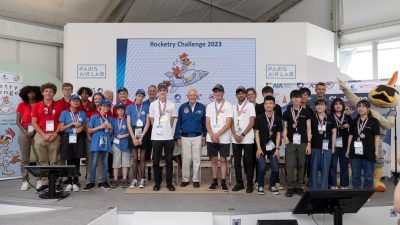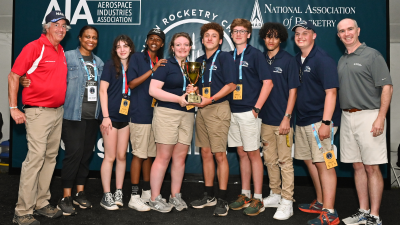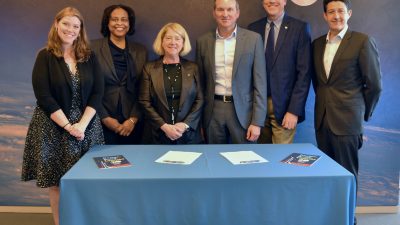As the clock struck 1 pm EST, the anticipation to hear NASA’s announcement regarding the discovery of exoplanets was palpable. Well, the wait was certainly worth it – NASA scientists have discovered a record breaking seven Earth-size planets orbiting a nearby dwarf star called TRAPPIST-1 using the Spitzer Telescope.
NASA scientists said the planets are approximately 40 light years away (235 trillion miles) and that all seven are closer in distance to TRAPPIST-1 than Mercury is to the sun.

A few comments from yesterday’s press conference stuck out.
“Finding another Earth is not a question of if, but when,” said Thomas Zurbuchen, associate administrator of NASA’s Science Mission Directorate in Washington.
Later in the press conference, Nikole Lewis, astronomer as the Space Telescope Science Institute in Baltimore, responded to a question about the timeline for sending a spacecraft to the star and planets. She indicated that achieving the objective of a trip to TRAPPIST-1 would be “left up to future generations.”

These statements prove the importance of TARC’s mission and issues the challenge to continue inspiring the next generation of scientists and engineers to build upon these discoveries. Over the course of 15 years, TARC has encouraged more than 65,000 students to pursue their interests in STEM. This year, nearly 5,000 more students will continue that tradition and display their innovation and curiosity. These students and alumni are a part of the future engineers and scientists we will depend on.
Ava Badii, a TARC alumna, detailed what the program meant to her in an essay: “TARC has brought a world of opportunity into my small, 350-student, all-girls high school. As I complete my last college application, I find that TARC has instilled in me such a passion for rocketry and engineering principles that I am fully committed to pursuing a career in STEM.”
In 2016, TARC survey data showed that nearly 70 percent of responding students said their experience in the competition increased their interest in pursuing college studies in STEM and a career in aerospace after college.
Whether these students go on to cure an illness, teach a science class, or help design the spacecraft that will go to TRAPPIST-1, Mars or elsewhere, TARC is committed to helping the next generation of STEM innovators and explorers develop the skills they need to solve the mysteries of tomorrow.



